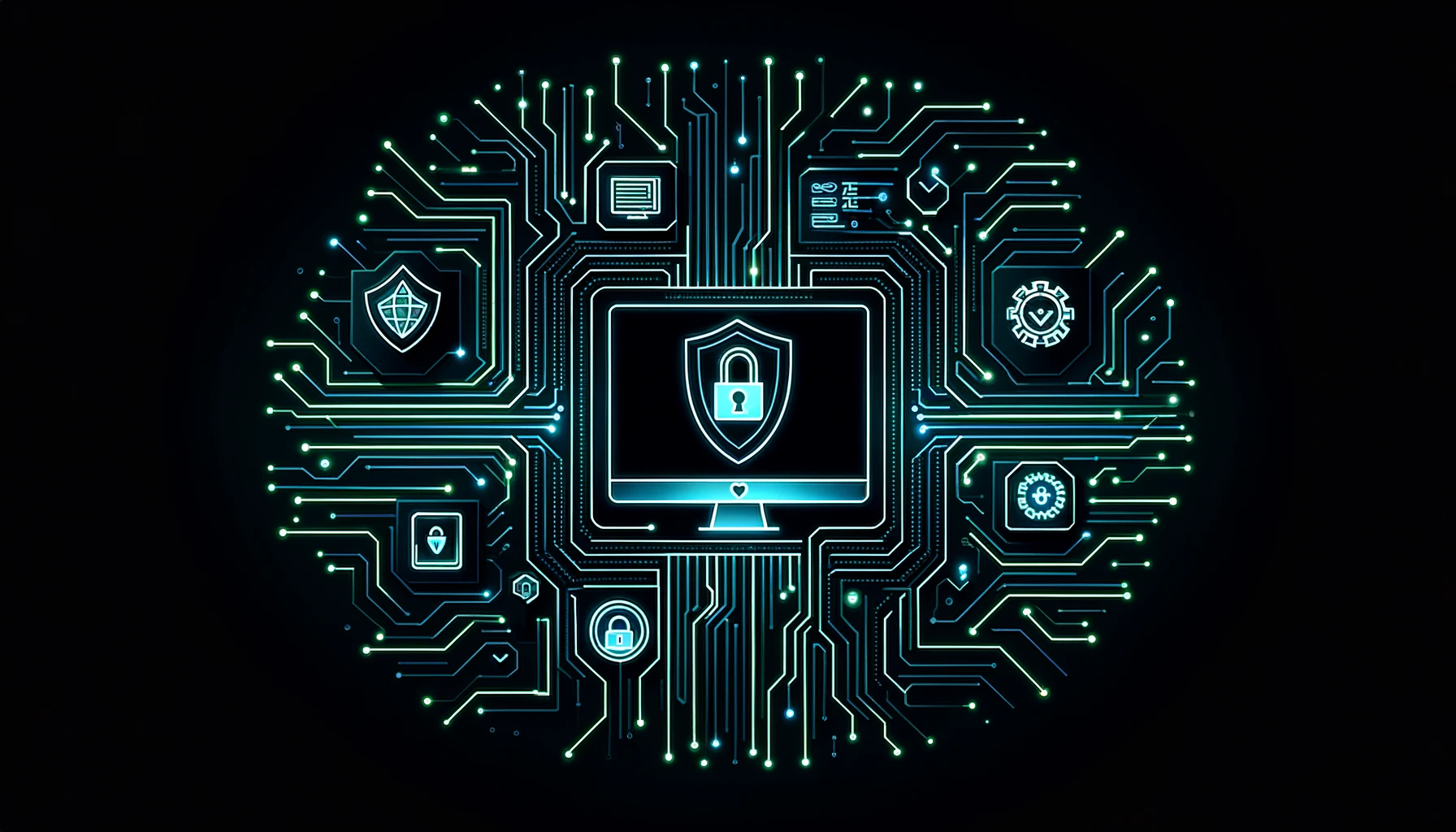Blackmail Trojan
Author

Alexander Subbotin

Blackmail Trojan
A Blackmail Trojan is a type of malware that locks you out of your files or computer until you pay money to the hacker. It encrypts your data so that you can’t get to it without a special key that the hacker has. Unlike worms or viruses, which can spread on their own, Trojans trick people into installing them, usually by pretending to be something useful. The main goal of Blackmail Trojans is to make you pay money by holding your data hostage.
To reduce the risk of a Blackmail Trojan attack, it’s important to take security measures like installing antivirus software, keeping regular data backups, and learning how to spot phishing scams. For more help, check out our penetration testing and digital forensics services.
Key Points
- What is a Blackmail Trojan? A type of malware that encrypts files and demands money for their release.
- Delivery Methods: Usually spread through phishing emails or bad downloads.
- Targets: Anyone with valuable data, including individuals and businesses.
- Protection: Use antivirus software, separate your network, and keep backups.
- Real-World Example: CryptoLocker, a famous Blackmail Trojan.
Related Terms
| Term | Description |
|---|---|
| Ransomware | Malware that encrypts data and demands a ransom. |
| Phishing | Fraud to steal personal data via fake emails. |
| Malware | Malicious software that damages systems or steals data. |
| Cyber Insurance | Insurance protection against losses from cyber attacks. |
| Incident Response Plan | Plan for responding to cyber incidents and attacks. |
Key Characteristics
- Pretends to Be Helpful Software: Trojans often look like trusted files or programs.
- Encrypts Your Data: Once installed, they make your files unusable by encrypting them.
- Ransom Note: They demand you pay money to get your data back, usually asking for Bitcoin.
For more about ransomware, visit our ransomware article.
How Blackmail Trojans Spread
Blackmail Trojans can get into your computer in different ways:
- Phishing Emails: Hackers send fake emails that look real, with links or attachments that, when clicked, install the Trojan on your computer.
- Malvertising: Bad advertisements can trick you into clicking and downloading the Trojan.
- Exploiting Weaknesses: Some Trojans use weaknesses in outdated software or in remote desktop protocols (RDP) to break in.
Read more about how to avoid phishing in our vhishing protection guide.
Famous Examples of Blackmail Trojans
| Ransomware | Key Characteristics | Notable Attacks/Impact | |||||||||||||||||
|---|---|---|---|---|---|---|---|---|---|---|---|---|---|---|---|---|---|---|---|
| CryptoLocker | First discovered in 2013, used strong cryptography (RSA and AES), demanded ransom in Bitcoin. | Estimated $3 million in ransoms before takedown in 2014. | |||||||||||||||||
| WannaCry | Used EternalBlue exploit, spread as a cryptoworm. | Affected over 300,000 computers across 150 countries, caused up to $4 billion in damages. | |||||||||||||||||
| LockerGoga | First discovered January 24, 2019, disables network interfaces, uses AES encryption. | Attacked Norsk Hydro, spread to over 1,800 victims across 71 countries. | |||||||||||||||||
| Emotet | Active since Here’s the complete English table, including the details about notable ransomware examples along with their characteristics and links to authoritative sources.
### English Table
```html
For more famous cyberattacks, visit our article on 7 devastating real-world examples of cyberattacks. How to Protect Yourself from Blackmail TrojansMulti-Layered SecurityThe best way to stay safe from Blackmail Trojans is to use multiple security measures:
Data BackupsRegular backups are key to protecting your data. Keep backups offline or in a secure cloud location so that if an attack happens, you still have access to your data. Network SegmentationDivide your network into different parts. This way, if a Trojan gets into one part, it won’t easily spread to the rest. For more ways to protect yourself, check out our Security Awareness Training. FAQWhat can I do to protect myself from blackmail trojans? The best defense against blackmail trojans is prevention. This includes regularly updating your software, using anti-virus programs, backing up important data on external storage or in the cloud, and training employees how to handle suspicious emails and links. Should I pay the ransom if my system is affected by an extortion trojan? Experts generally advise against paying the ransom. There is no guarantee that you will actually receive the key to decrypt your data after payment. The payment also promotes the criminal activities of attackers. It is better to contact the police and seek professional help to restore the systems. How can I recover my data after it has been encrypted by an extortion trojan? Recovering encrypted data can be difficult. If you have regularly backed up your data, you can use them to restore it. In some cases, specialized IT security companies can help circumvent encryption, although this offers no guarantee. It is important to thoroughly clean the system before recovering data to prevent re-infection. Request a FREE Cybersecurity Audit Lesen Sie auch unsere anderen ArtikelThank you! Your submission has been received! Oops! Something went wrong while submitting the form. Is Your Company an Easy Target for Cybercriminals?Thousands of companies fall victim to cyber attacks every day. Assess your IT security situation today and request a free IT security audit from ByteSnipers. |

































